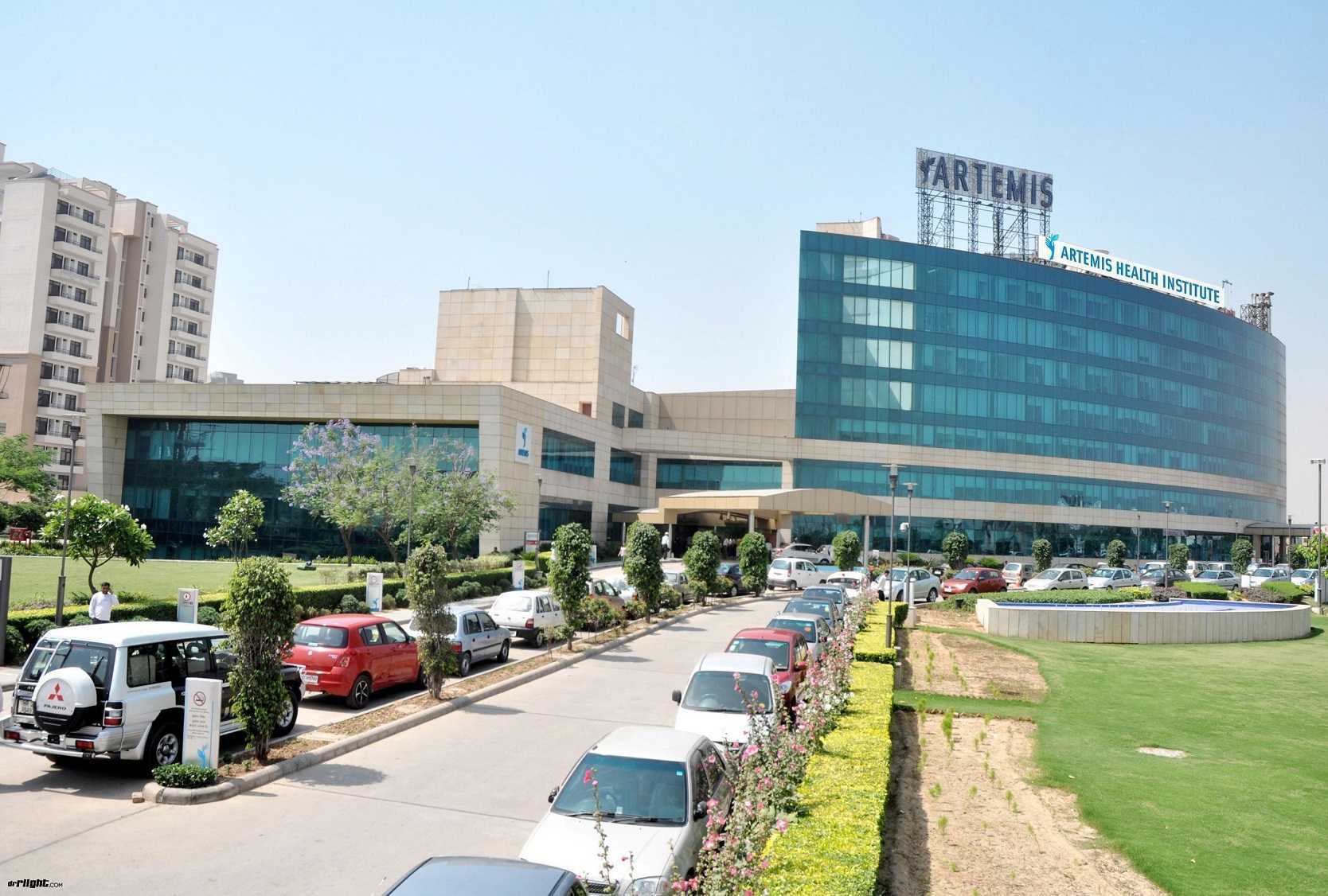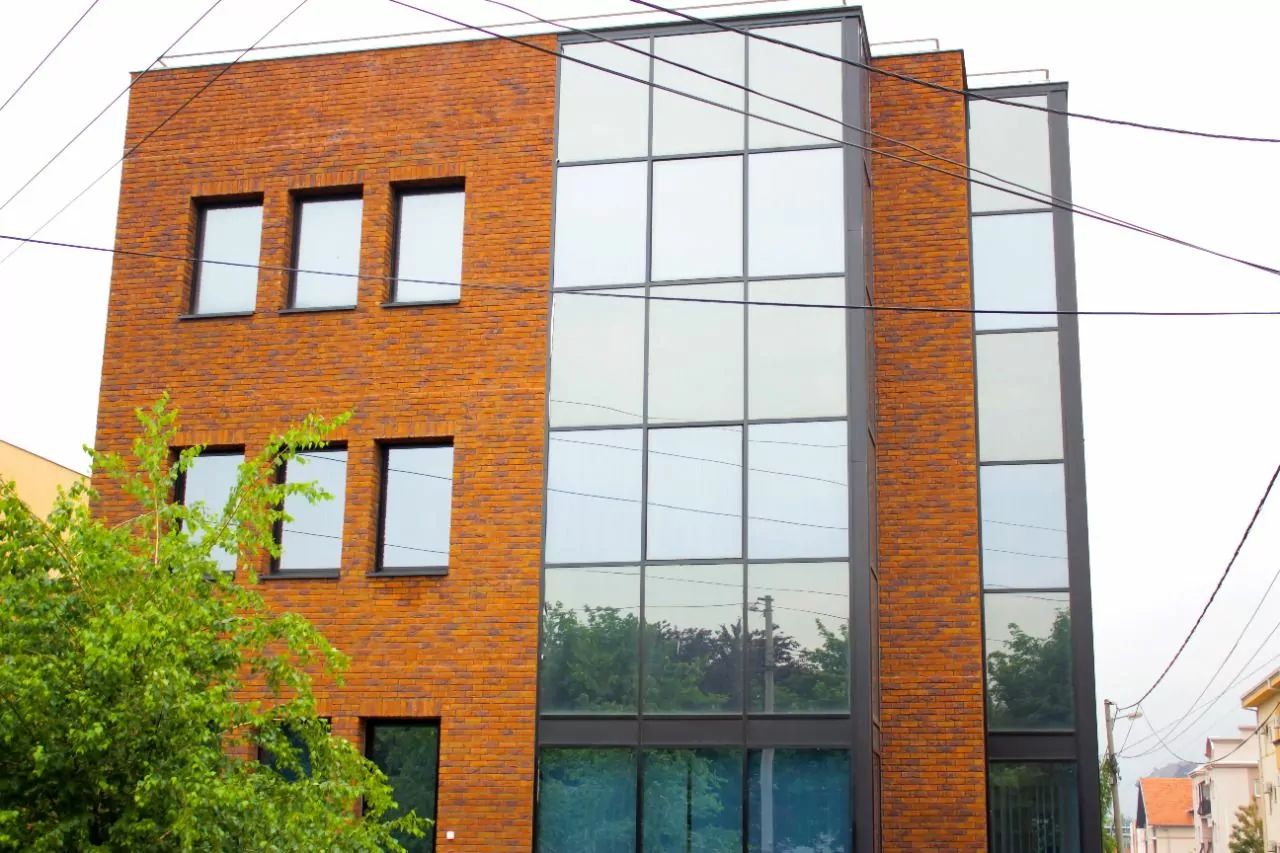Type 2 Diabetes: Diagnostic, Complications and Treatment Methods
Type 2 diabetes – pathology forcing the organism using glucose for fuel. It’s a chronic defect provoking excessive sugar deposits in the bloodstream. High glucose levels lead to disturbances in nervous system functioning, immune mechanisms malfunctions and disturbances in blood circulation.
In type 2 diabetes, the pancreas cannot produce enough insulin to regulate the flow of sugar into the cells. Thus, cells stop reacting normally to insulin, consuming less glucose. This disease occurs in children, but is more often diagnosed in older people.
Type 2 Diabetes causes
Condition has its roots in following problems:
- cells resistance to insulin without getting enough glucose;
- the pancreas doesn’t produce insulin sufficient sugar level regulation.
In diabetes, sugar accumulates in vessels and doesn’t move to the cells. It provokes their gradual harm. Among the risk factors making type 2 diabetes to develop, the following are distinguished:
- obesity or significant overweight;
- uneven fat layers: it mainly accumulates on stomach;
- inactive lifestyle without regular physical activity;
- type 2 diabetes in family anamnez;
- low levels of good cholesterol in blood and their high density;
- age group 45+;
- pregnancy and the birth of children weighing 4+ kg;
- polycystic ovary syndrome – unstable menstrual cycles provoked by excessive amount of male sex hormones.
Type 2 Diabetes symptoms
Pathology is asymptomatic for a long time. When type 2 diabetes symptoms develop, people feel the following:
- frequent urge to urinate;
- excessive thirst and hunger feelings;
- causeless weight loss;
- weakness and fatigue even without physical exertion;
- vision problems: blurred and double vision, etc.;
- darkening of small skin areas in the armpits.
Type 2 diagnosis
To diagnose diabetes type 2, physicians take a patient’s blood for tests. Usually, if people have several symptoms in combination, the following is required.
- A1c – average sugar levels measured over the last three months.
- Plasma glucose – analysis is taken on an empty stomach: patients shouldn’t eat 8 hours before testing.
- Checking the glucose level after liquid sweet product enters the patient’s body. It’s the organism’s response to sugar.
Type 2 Diabetes treatment
With this condition, doctors choose the following therapeutic methods.
1. Changing the patient’s lifestyle:
- in excess weight, it’s necessary to bring weight back to normal; it help change the sugar level in the blood;
- nutritional adjustment – you don’t need to follow a special diet, nevertheless, you should draw up an optimal nutrition plan for your health conditions. General recommendations: reduce calorie intake, increase vegetables and fruits, add high-fiber foods, minimize carbohydrates;
- adding up to an hour of physical activity per day;
- constant blood sugar levels monitoring.
2. Medical therapy:
- metformin – lowering the glucose level produced by the liver;
- sulfonylureas and thiazolidinediones – meds contributing to increased insulin production;
- DPP-4 inhibitors – lowering glucose levels;
- SGLT2 inhibitors – help the kidneys to filter out glucose;
- insulin injections.
2 Type Diabetes prevention
Some recommendations help prevent the condition:
- weight loss;
- constant daily activity;
- nutrition correction – removal or minimization of fast carbohydrates and other harmful substances;
- to give up smoking.
Complications
Against type 2 diabetes background, the following pathologies can develop.
- Problems with the heart and blood vessels – increased vessel blockage risk.
- Kidneys diseases.
- Increased eye threat – possible blindness.
- Nervous system defects.
- Skin problems.
- Difficulties in pregnancy – higher miscarriage or stillbirth likelyhood.
- Sleep problems.
- Depressive disorders.
- Cerebrum pathologies.










